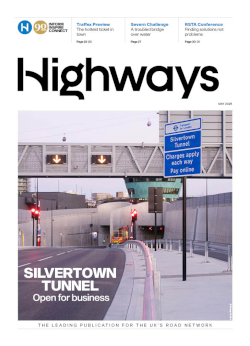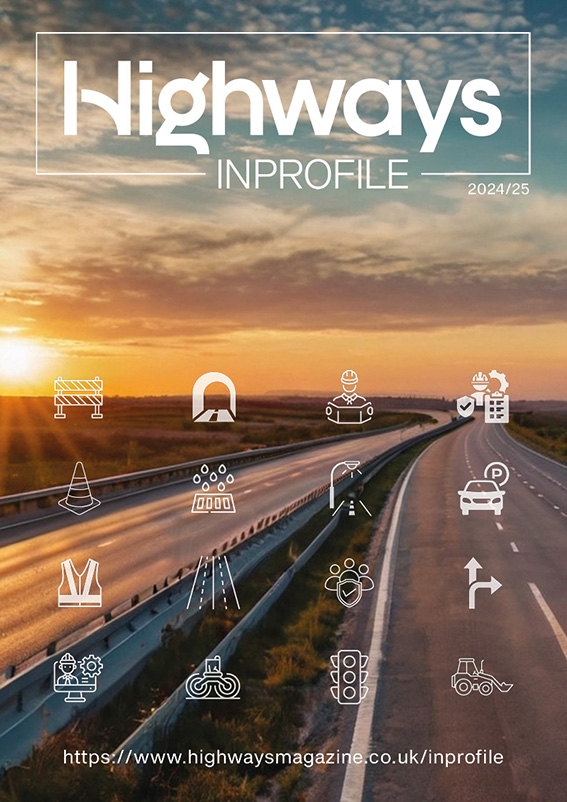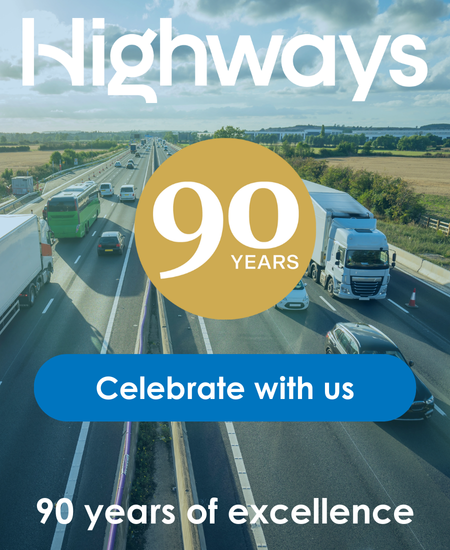A leading economist from KPMG is warning transport planners not to fall for the belief that future mobility can be car-free.
Ben Foulser told the transport modelling firm PTV UK's User Group meeting that private vehicles will always have a role to play and that the key for transport authorities is how to make sure customer choice is optimised on a network.
But Foulser, who is the company's Associate Director Transport Technology explained that there is a real opportunity for Mobility as a Service to change the way we travel by taking account of shared assets, disruption to labour markets, the gig economy and new legislative frameworks to reduce the use of the private car, but that, 'We can only get there if we can model and forecast to provide the argument.'
And he told the meeting in London that the Capital is the ideal place to do the testing because of its 'Roman and Victorian road network' meaning that, 'If you can do it in London, you can do it anywhere.
Meanwhile TfL's lead modelling specialist, Vladimir Vorotovic detailed how the Authority relies on transport modelling to analyse demand as the city grows by the equivalent of two bus loads of people every day.
'The mayor's aim for 2041 is that 80% of all trips in London are made on foot, by cycle or using public transport,' he explained but that the 'current modal split is 60-40 so the share of car use must be halved within 25 years'.
Vorotovic added that the authority has used gaming technology and virtual reality to model ideas for the pedestrianisation of Oxford Street, including how the opening of Crossrail's Elizabeth Line will affect people movement in the Bond Street area. He also detailed how artificial intelligence will change signal strategies to operate and optimise London's traffic control system and how modelling and simulation will play a crucial role in the development of virtual testing environments for autonomous vehicles.
PTV UK's Managing Director Devrim Kara said, 'From across the industry, decision makers are realizing that modelling can help them make informed choices about future mobility needs. I am pleased we saw such innovation across our User Group with people sharing ideas, challenges and solutions. Their feedback allows us to continually improve our products and after 40 years of development it's days like these that help us continue to be the world's leading transport modelling software firm.'
This year's PTV User Group meeting features around a hundred people from the transport modelling community from local authorities and consultancies. Delegates also heard about the latest enhancements to PTV's modelling software and discussed concepts such as Mobility as a Service and the impacts of Connected and Automated Vehicles, as well as hearing case studies from the DfT, TRL and local authorities and about how modelling can be used to work out how to improve the environment as well as mobility.
PTV Group presented new shared mobility and MaaS modelling capability included in strategic modelling software PTV Visum. Luis (Pilo) Willumsen and Tom van Vuren, both distinguished experts in transport modelling, congratulated PTV Group for the advancements achieved in modelling software development and innovation.





